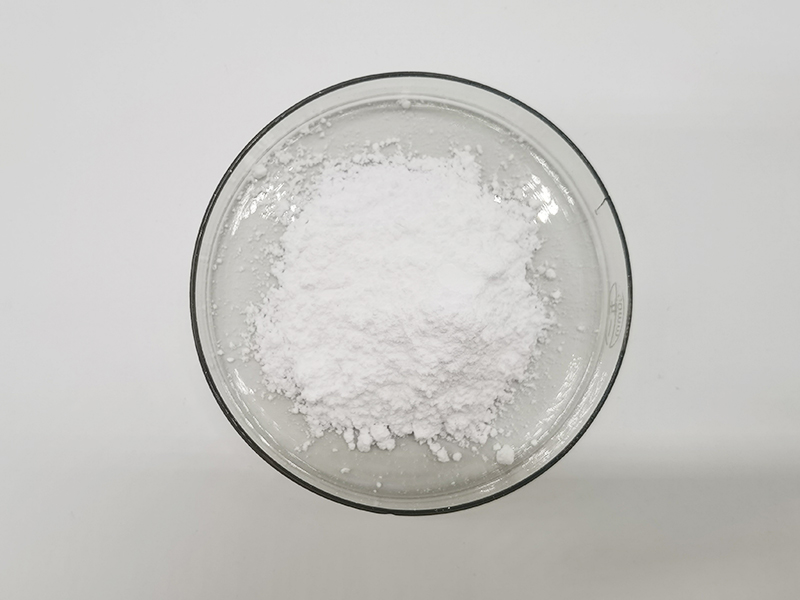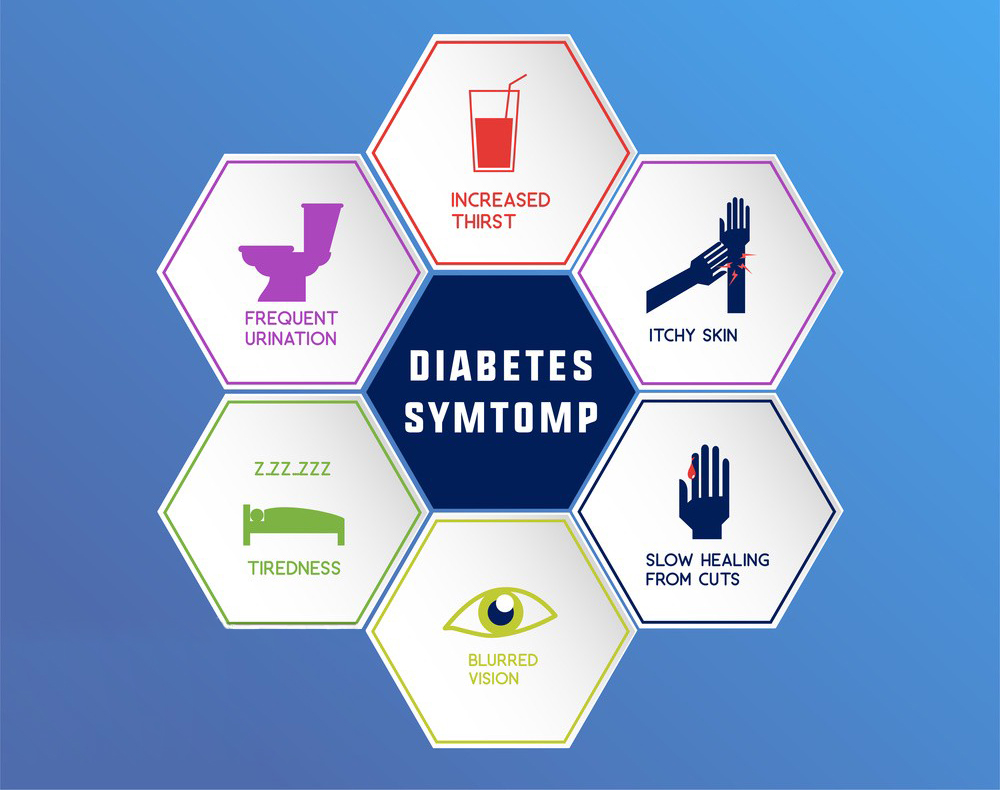In 1989,Pentadin discovered and isolated in the fruit of oubli (Pentadiplandra brazzeana Baillon), a climbing shrub growing in some tropical countries of Africa. It’s i a sweet-tasting proteinare ususally used in the treatment of diabetes, obesity, and other metabolic disorders that one can experience.These proteins are isolated from the pulp of various fruits, mianly found in rain forests and are also used as low calorie sweeteners that can enhance and modify existing foods.Pentadin is comes from the same fruit as Brazzein and has many of the same properties. They were discovered around the same time but Pentadin does not prove as useful as Brazzein, however, could be a supplemental for its twin protein.

Basic Information of Pentadin
Source: Pentadiplandra Brazzeana Baillon
Assay: 98%
Molecular Weight: 12,000 Da
Appearance: White Fine Powder
Usage: Sweetening Agent

The comprehensive research of Pentadin
Pentadin extract from the fruit of oubli(Pentadiplandra brazzeana Baillon.There are 6 sweet-tasting proteins – pentadin, thaumatin, monellin, mabinlin, brazzein, and curculin – all of which are isolated from plants in tropical forests. These proteins show no similarities in a structural or homologous sequence aspect. All of these sweet tasting proteins have different molecular lengths, with no sequence homology and little to none structural homology. Efforts to identify structural similarities among sweet tasting proteins included using the 3D structures and DALI to find similarities. However only a vague resemblance was found for the three proteins tested, monellin, thaumatin, and brazzein. Brazzein and thaumatin invoke respinses in humans through the T1R2-T1R3 receptor and can be applied t Pentadin a Brazzein and Pentadin are similar to one another. These repsonses in the T1R2-T1R3 receptor are similar to the small molecular weight sweeteners that include popular sweeteners.Proteins cannot generally stimulate taste receptors like sugar normally does, however the identified sweet tasting proteins, such as monellin, thaumatin, pentadin, curculin, and mabinlin are able to interact with one’s taste receptors to create a sweet taste. Very low concentrations of these sweet tasting proteins are required for them to interact with our receptors, therefore they are also known to be low calorie sweeteners.
